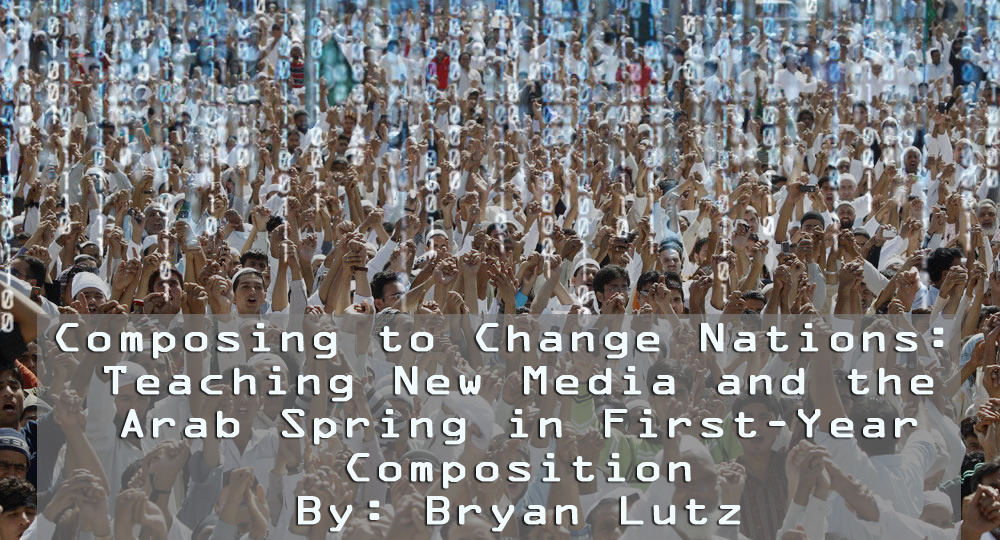The Arab Spring: Revolutions in Tunisia and Egypt
Civic Voluntarism Model
An interpretive scheme is needed to ascertain how social movements organize in order to understand how these revolutions came to be. For this I turn to communication studies. According to Maheo, Vissers, Stolle and Hooghe, researchers often apply the Civic Voluntarism model when identifying successful social movements. This model is useful because it categorizes qualitatively measured factors that foster and maintain success for social movements (pp. 407). This concept was first defined in Klandeermans and Oegama’s article “Potentials, Networks, Motivations, and Barriers” and I will focus on two aspects of this model: mobilization potential and recruitment networks.
First, mobilization potential identifies that for a social movement to be successful, it must first have a group of people with common identity and common goals. Klandermans and Oegama (1987) liken this concept to a reservoir, stating that social movements assess a kind of resource pool that they can draw from. This pool is described by Klandermans and Oegama as “people united in the view that certain states or affairs are unacceptable and that they can be changed with collective action that will also be effective in enforcing these changes” (pp. 519). Simply put, social movements must be able to identify people within a contentious zeitgeist and offer real, sustainable solutions to maintain support. Second, recruitment networks and mobilization describes how people are both recruited and retained within a social movement. As of when the model was first posed in 1987 recruitment could be achieved through mass media, mailing of print media such as campaign fliers, and by networking through friendships or partnerships. In addition there is a cascade effect, where the movements ability to overcome obstacles is proportional to how many people become involved in the movement through networking (pp. 520). However, Klandermans and Oegema prepared this schema by looking at social movements in America in 1986, which is before the majority of the Americans had public had access to the internet.
 |
| 1960 Flier from JFK's Campaign |
Maheo (2010) and her colleagues identify contentions within communication studies as to whether access to digital communication actually helps social movements (pp. 406). In response to this, they conducted a survey to analyze whether digital communication worked either as well or better than conventional forms of mobilization and recruitment. Though their sample was largely composed of young university students, and thus not representative of the larger population, they conclude that internet networking was at least as affective as conventional mobilization efforts such as print fliers like the one to the left from John F. Kennedy's presidential campaign (pp. 424). These findings are interesting because it casts doubt on those who claim that the disembodiment of the internet discourages people from being socially engaged. However, if the internet is not any more effective than traditional forms of mobilization, then is the Arab Spring a internet revolution or a revolution with an internet presence? I think that our understandings of new media and its affordances may help us to answer this question.
